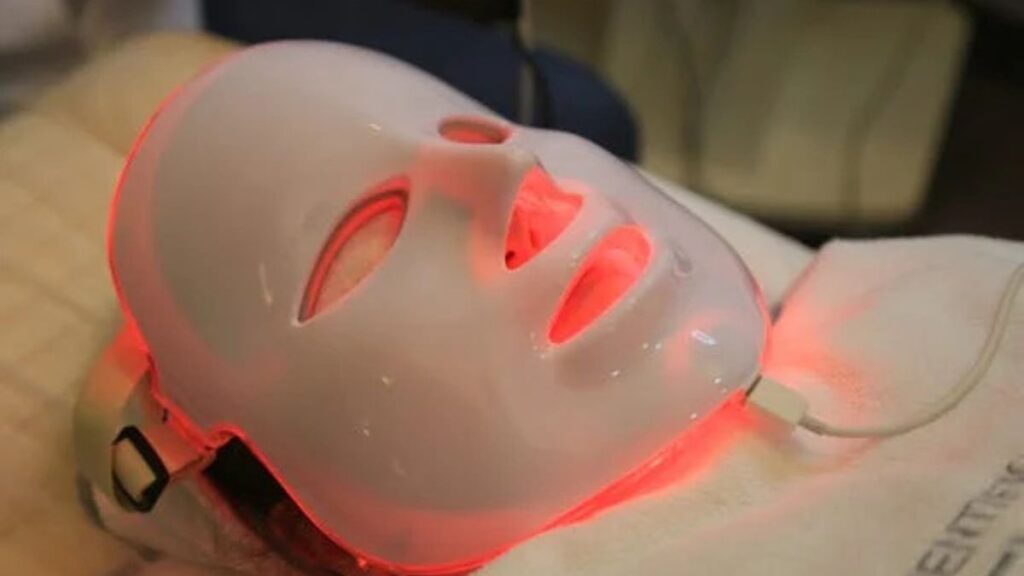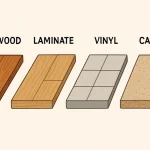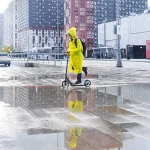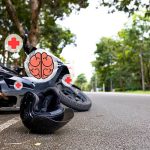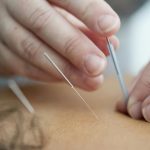Red light therapy (RLT) has gained significant attention in recent years due to its diverse applications and potential health benefits. Utilizing specific wavelengths of light, particularly in the red and near-infrared spectrum, this therapy aims to stimulate cellular processes and promote healing.
While traditionally associated with skin treatment, the scope of red light therapy has expanded beyond that. It now encompasses various fields, from aesthetic enhancements to physical health improvements. Let’s take a closer look at some different applications.
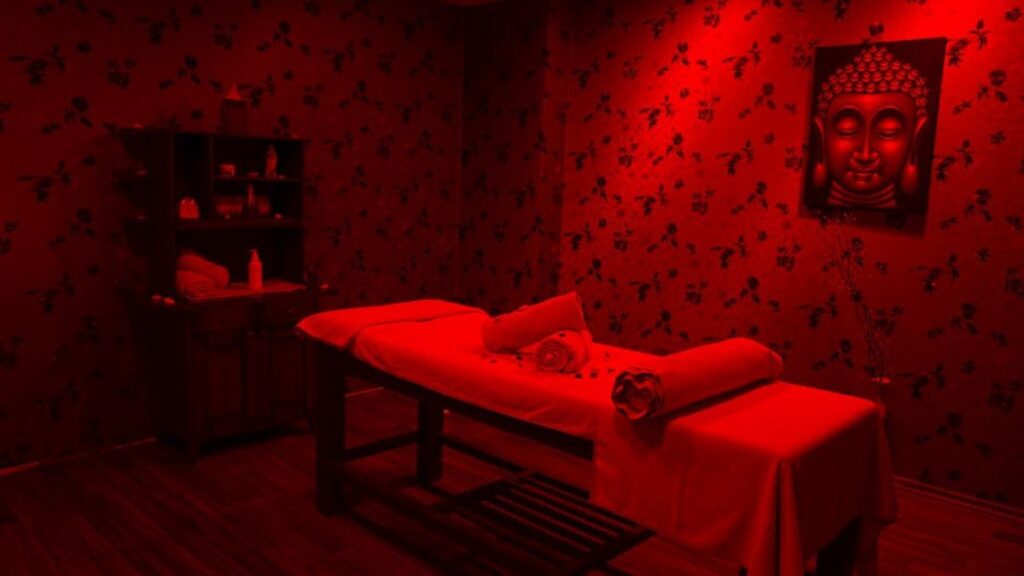
What Is Red Light Therapy?
Red light therapy refers to the use of low-level wavelengths of red light for therapeutic purposes. This form of light therapy penetrates the skin, stimulating cellular function and enhancing biological activity. Scientific studies indicate that red light can influence a variety of cellular processes. The energy boost that comes with it facilitates healing, repair, and overall rejuvenation.
Various devices harness red light therapy for home use, including handheld units, full-body panels, and specialized beds. Look into suppliers like Mito Red Light to see how these home products can benefit your situation. Sometimes, a home solution can be way more affordable than a professional treatment.
Skin Health and Cosmetic Benefits
Among the most recognized applications of red light therapy is in enhancing skin health. RLT is frequently employed in dermatology and cosmetic practices to treat a range of skin issues, including acne, scars, and signs of aging. The therapy works by stimulating collagen production and providing the skin with structure and strength. Increased collagen levels can lead to reduced appearance of wrinkles, fine lines, and better skin texture.
Red light therapy has anti-inflammatory properties that can aid in reducing redness and irritation, a suitable option for sensitive skin. Numerous users report enhanced skin tone and elasticity following consistent RLT treatments. As a non-invasive method, RLT serves as an alternative to more aggressive cosmetic procedures, a viable choice for many individuals seeking rejuvenation.
Pain Relief and Muscle Recovery
Athletes and active individuals often turn to RLT for alleviating soreness and reducing recovery time after intense workouts. Research suggests that red light therapy effectively decreases inflammation and manages pain associated with muscle strains or tensions.
Studies show enhanced circulation in the treated areas, promoting better oxygen and nutrient delivery to the tissues. This leads to improved tissue repair processes essential for muscle recovery. Many users have reported noticeable reductions in pain levels within just a few sessions of treatment. Using a red light therapy device such as the Novaa Deep Healing Pad can enhance recovery by delivering 850nm infrared wavelengths that penetrate deeply to relieve pain, repair tissue, and reduce inflammation. The incorporation of RLT into post-workout routines can accelerate recovery and enhance overall performance.
Improvement of Joint Health
Joint health is another area where red light therapy has proven beneficial. Some conditions such as arthritis and other chronic joint issues often result in severe discomfort and limited mobility. Red light therapy has shown promise in enhancing joint function and reducing pain associated with these conditions. The therapeutic effects of RLT can facilitate greater flexibility while minimizing inflammation in the joints.
Users have noted an improved range of motion following consistent RLT sessions. Red light can stimulate cartilage regeneration for joint health. This makes RLT an attractive option for individuals seeking a drug-free approach to managing joint pain effectively. By incorporating RLT into wellness routines, many are finding relief and a better quality of life.
Hair Restoration
Many individuals face hair thinning or loss due to various factors, including genetics and hormonal changes. RLT can promote hair growth by increasing blood flow to the scalp and stimulating hair follicles. Enhanced circulation ensures that hair follicles receive the essential nutrients they require for healthy growth.
RLT’s impact on reducing inflammation can further contribute to a healthier scalp environment, conducive to hair restoration. Numerous hair restoration devices harness the power of red light, including caps and lasering devices, specifically designed to revitalize thinning hair. Many users have reported successful hair regrowth results and improved hair thickness after incorporating RLT into their hair care routines.
Mental Health and Mood Enhancement
Red light therapy is not just limited to physical applications; it also extends into mental health and mood enhancement. Exposure to red and near-infrared light has shown potential in improving mood, reducing anxiety, and alleviating symptoms of depression. This is attributed to the influence light has on serotonin levels in the body, a key hormone that contributes to feelings of happiness and well-being.
If implemented in your daily routine, individuals may experience more balanced moods and improved mental clarity. This natural approach offers an alternative to pharmacological treatments, appealing to those who prefer holistic methods. As awareness of mental health grows, the exploration of RLT continues to gain momentum and popularity.
Red light therapy stands as a versatile treatment option across various domains, from skincare to mental well-being. Its potential benefits continue to gain popularity, a practical solution for many. As ongoing research unfolds, further applications may arise, enhancing therapeutic possibilities. Know that engaging with innovative solutions can facilitate achieving personal health goals.

